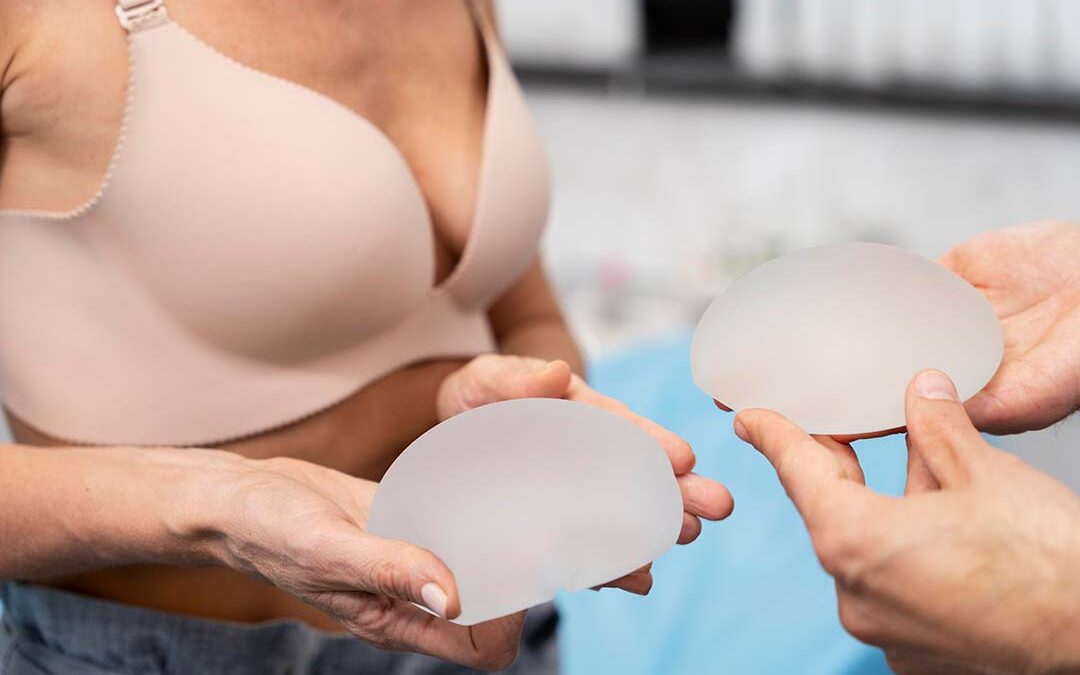Capsuloraphy and capsulectomy are two surgical procedures commonly used in breast revision surgery. These procedures help to reshape the breast capsule, which is the tissue that surrounds the implant, to improve the aesthetic outcome of a breast augmentation or implant exchange.
Capsuloraphy is used when there is a need to loosen, tighten or reinforce the capsule around an existing implant. This procedure helps reduce wrinkling and rippling of the implant and can also help reduce asymmetry. On the other hand, capsulectomy involves removing excess scar tissue from around an implant, allowing for a more natural-looking result.
These procedures are important components of any breast revision surgery as they can help improve both form and function of a patient’s breasts. With capsuloraphy and capsulectomy, surgeons can help ensure that their patients get the best possible results from their breast augmentation or implant exchange procedure.
Do I Need an Implant Exchange?
It’s common to hear that “implants need to be switched out every 10 years.” This is false; with new implant technology, many implants can remain in place for much longer. Gummy bear implants are known for having much lower complication rates, and better results that last for longer, which allows patients to keep them in until they are ready for a new set (if at all). Most patients seek an implant exchange because they are unhappy with size or placement at some point (usually as a result of age, weight changes, or pregnancy).
Common reasons that our patients will seek an exchange:
- My implants are too small, I want them bigger.
- My breasts look different after I had children.
- My implants are too large for my lifestyle now, I want them smaller.
- My breasts look different as time has passed and I would like them to be placed higher.
Will I Need Capsuloraphy or Capsulectomy?
Breast implants are a popular choice for women who want to enhance the size and shape of their breasts. However, there are times when breast revision or implant exchange may be required due to complications or aesthetic changes. In these cases, capsuloraphy and capsulectomy can be used to improve the appearance of the breasts. These procedures involve removing scar tissue and replacing implants in order to restore a natural look and feel.
A capsuloraphy is the medical term for opening the pocket, aka capsule, to access the implant. Every implant exchange contains a capsuloraphy. Sometimes this is all that’s needed to change the pocket. Using the same pocket to reduce healing time and scar tissue is usually desirable.
A capsulectomy is the medical term for the removal of some or all of the capsule that held the implant. This can be a good option if you have experienced a rupture, or if your capsule has hardened or become misshapen. This can also be a good option if the placement of your implants is not ideal, to stimulate the body to create a new capsule altogether.
When Would I Not be a Good Candidate for a Capsulectomy?
This is a great question and one we receive often. Some patients want a capsulectomy but are not good candidates for the procedure. The reason often has to do with proximity to the heart and blood flow. The capsule is a living part of your body and has been supported by your body for quite some time. In this way, blood vessels have formed within and around this tissue. Separating this tissue would sometimes be inadvisable due to the risk of blood loss, and because it is so close to your heart. Ensure that your surgeon knows your desires, but also will keep your safety and well-being at the forefront of your mind. The best way to do this is to always choose a board-certified surgeon in your area.
Curious about an implant exchange? Or about capsulectomy? Feel free to give our office a call at 704-655-8988 to chat with a Patient Care Coordinator or to schedule your consultation.

